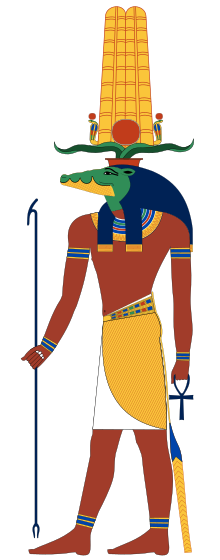
Crocodiles weren't always so snappy. A new fossil shows that their ancient relatives chewed their food, rather than swallowing great chunks of it.
The diminutive fossil belongs to a previously unknown species of crocodile-like reptile from the Cretaceous called Pakasuchus kapilami after the Swahili word for cat, paka, and the Greek word for crocodile, souchos. It has surprised palaeontologists with its sophisticated mammal-like teeth.
Pakasuchus lived between 65 and 144 million years ago in what is now southern Tanzania. It was just 55 centimetres long, had long legs, and belonged to the notosuchians a group of reptiles that are distant relatives of modern crocodiles and alligators.
Unlike its modern-day relatives, which have long rows of conical teeth, Pakasuchus had clearly differentiated canines, premolars and molars. There were also fewer of them.
Convergent evolution
This suggests that jaws carrying a smaller number of specialised teeth evolved at least twice: in one group of ancient reptiles, and in early mammals.
"Modern crocodilians don't do a lot of processing with their teeth," says Patrick O'Connor of Ohio University, a member of the team that reported the new species. Gaps between their large teeth mean they mostly "stab" their food, rather than shear it using a scissor action. "They essentially just rip out chunks and let their stomach do a lot of the work."
As in living mammals, the upper and lower teeth in Pakasuchus would have matched up when their jaws closed. The molars, for instance, had complementary crowns which came into close contact. These could shear past each other as the animal chewed.
Land-dwellers
Palaeobiologist David Norman of the University of Cambridge, who was not involved in the study, says this has not been seen before in crocodiles or their ancestors. Their long legs are consistent with other evidence that crocodilians were not originally aquatic animals. The ancestors of Pakasuchus are known to have been "spindly legged, fast-moving, almost dog-like creatures". adapted to a terrestrial way of life, he says.
What caused Pakasuchus to go extinct while its cousins evolved into modern-day crocodiles and alligators is still a mystery, says O'Connor. They may have been outcompeted by early mammals or wiped out by other factors such as climate change.
Story Here


